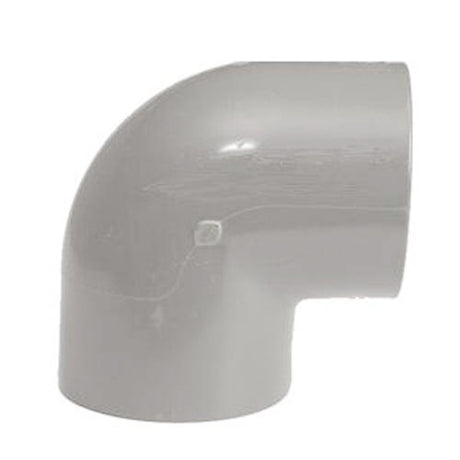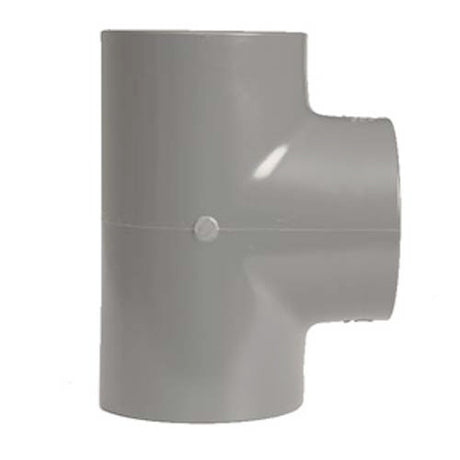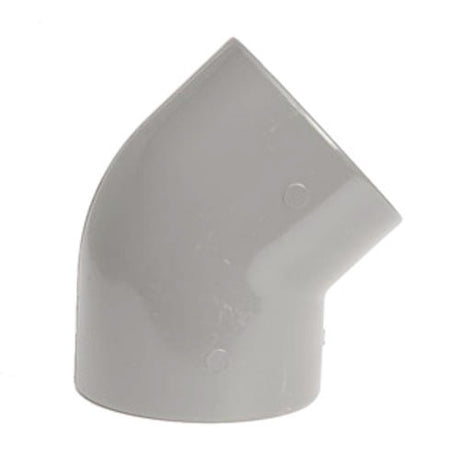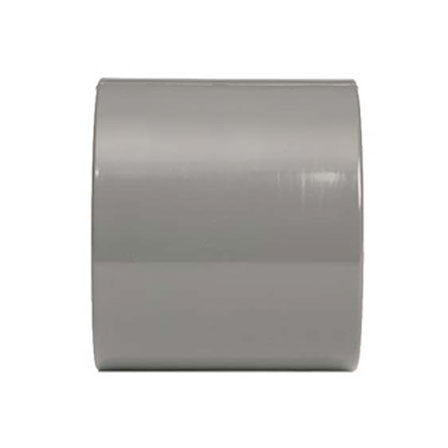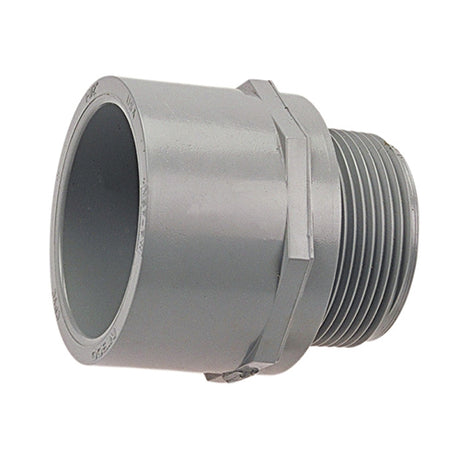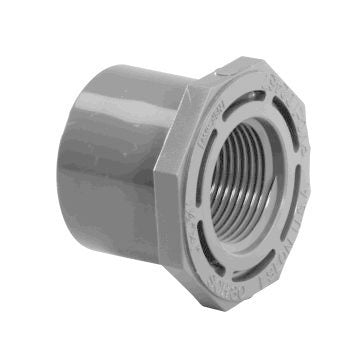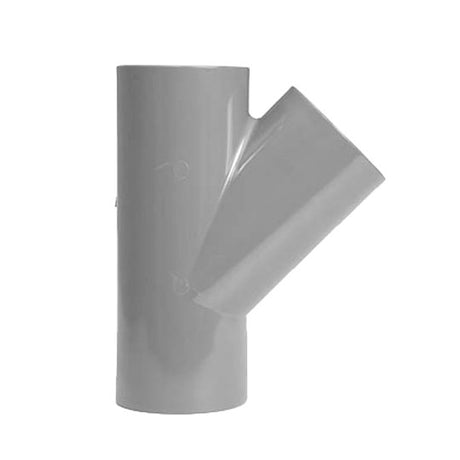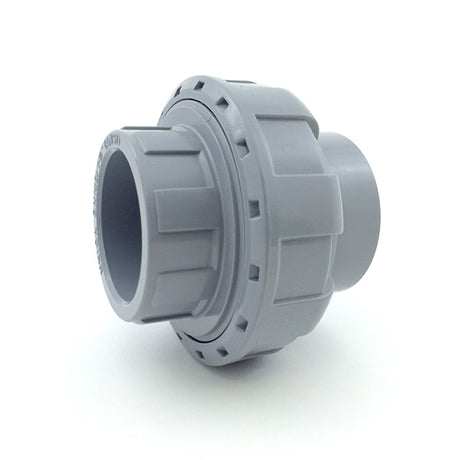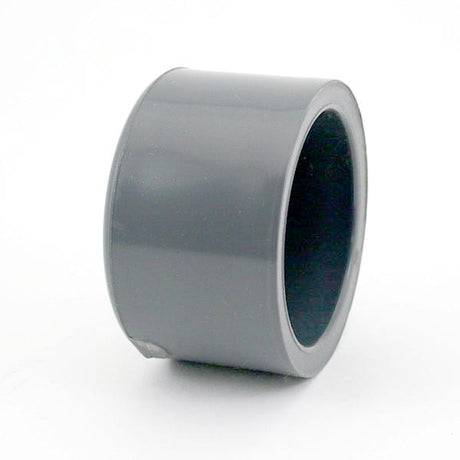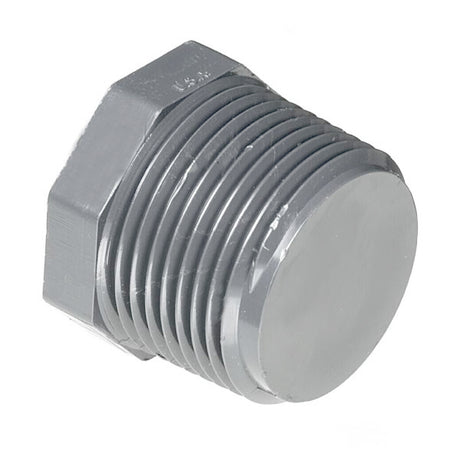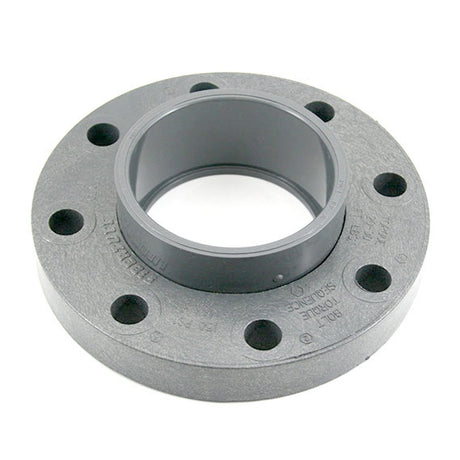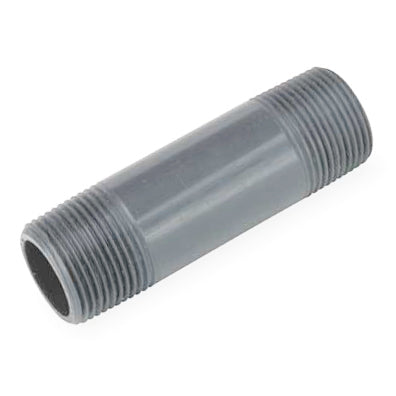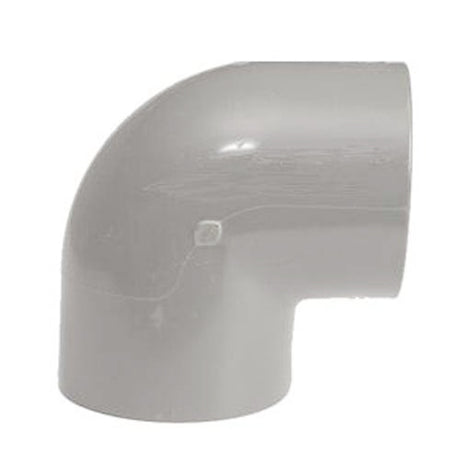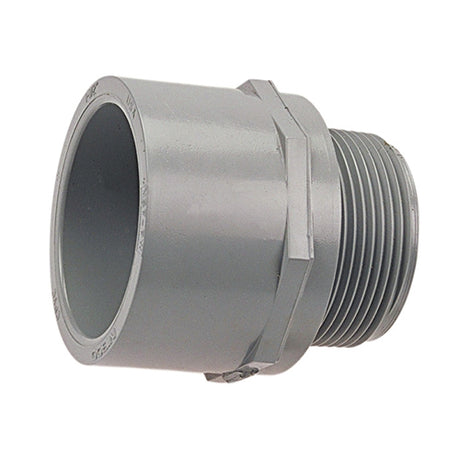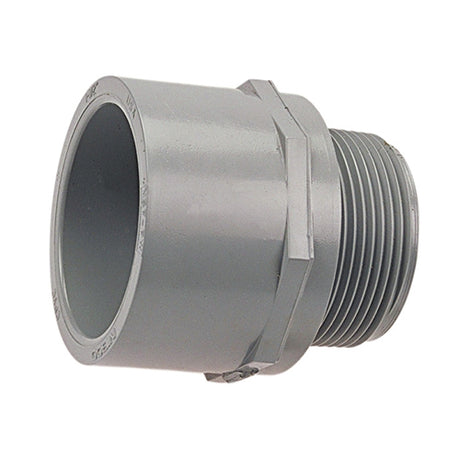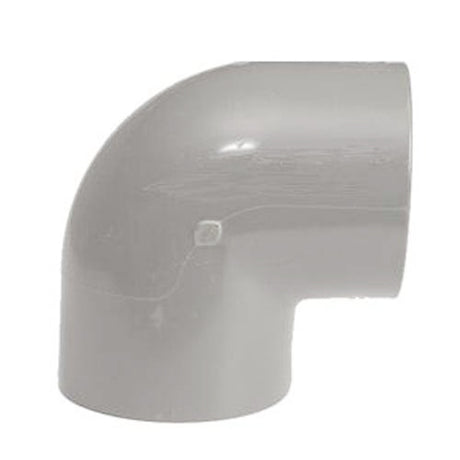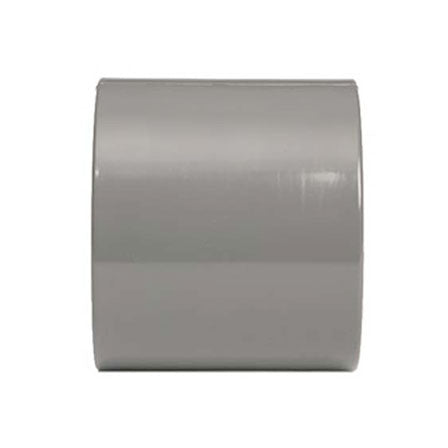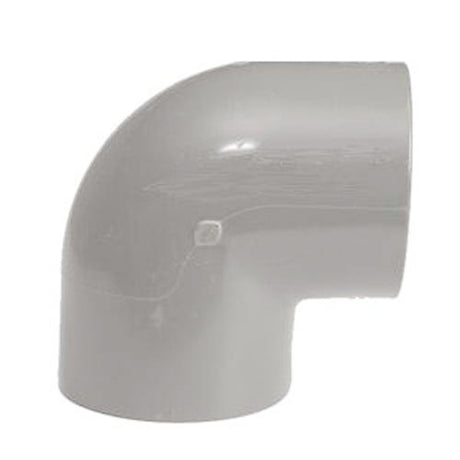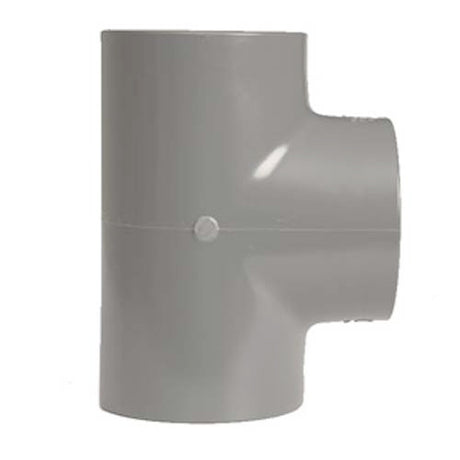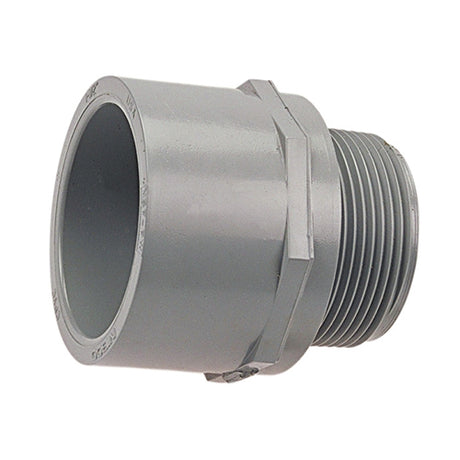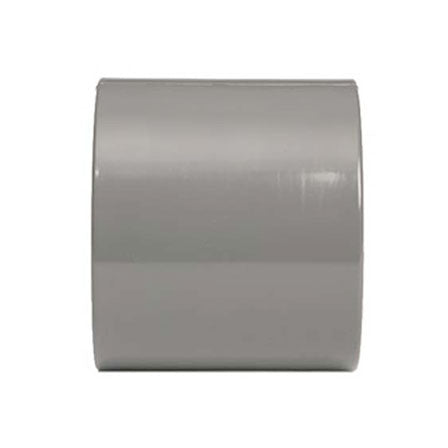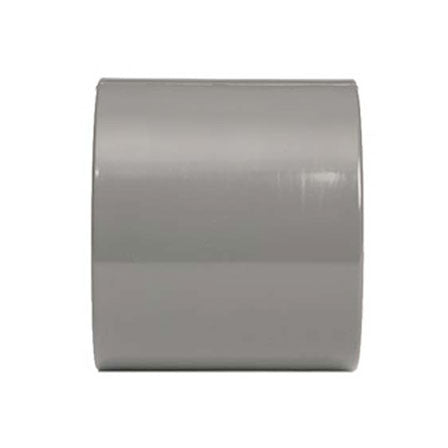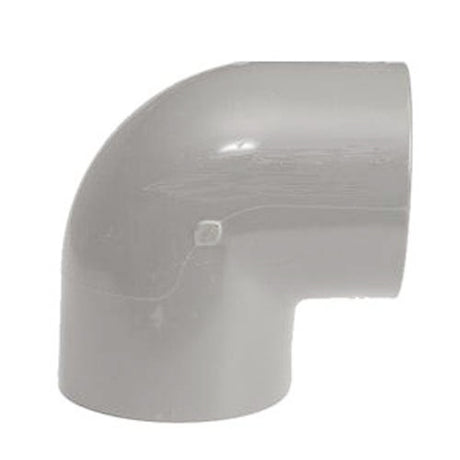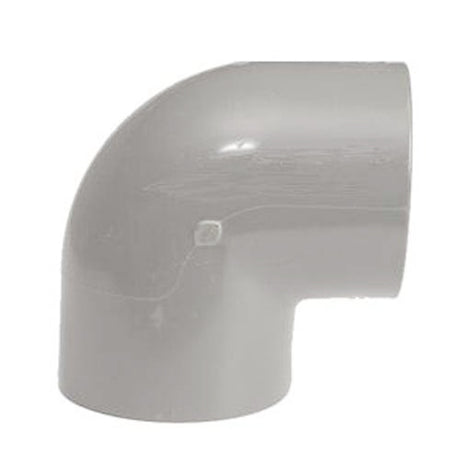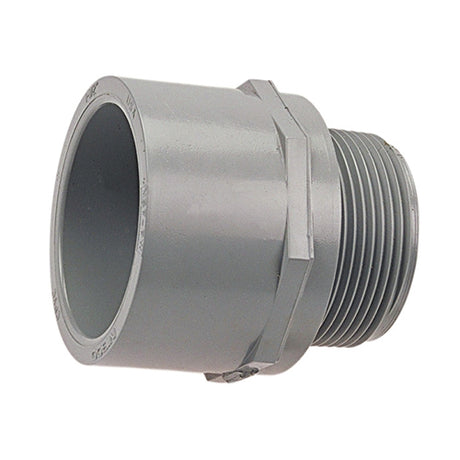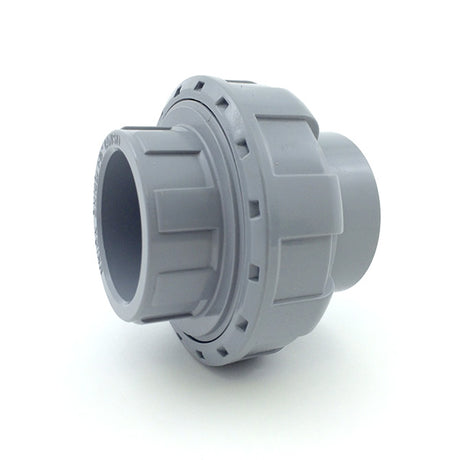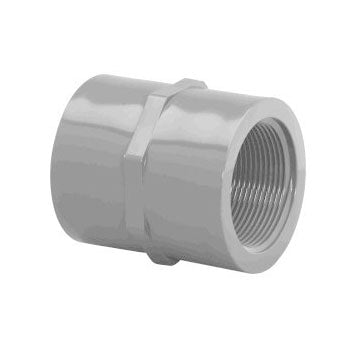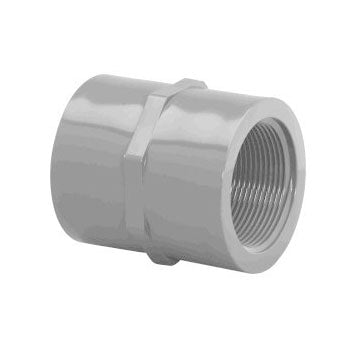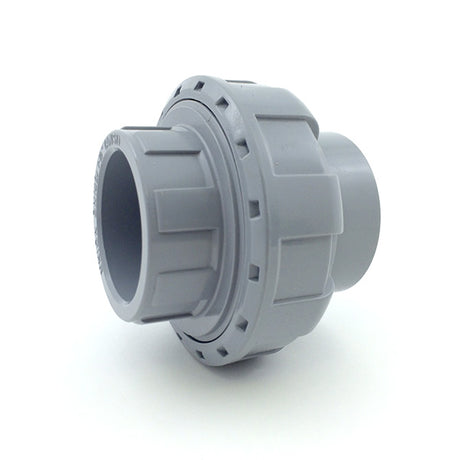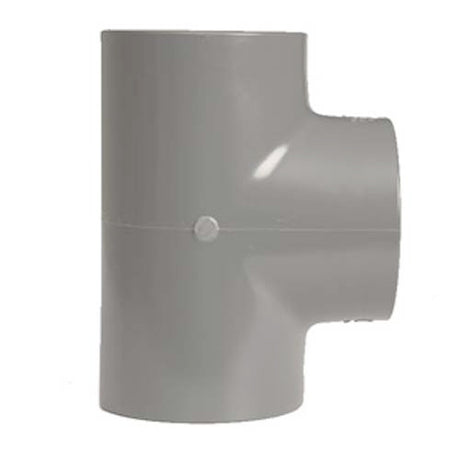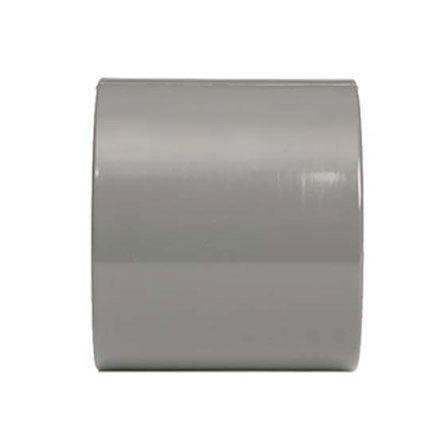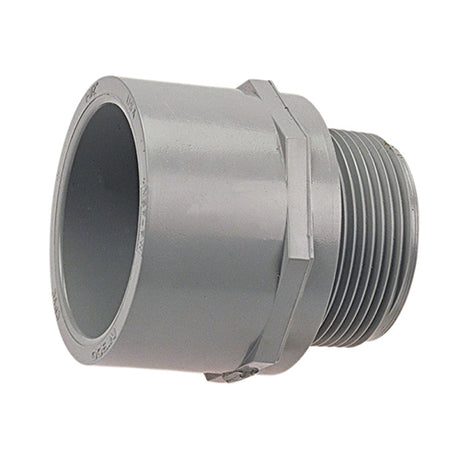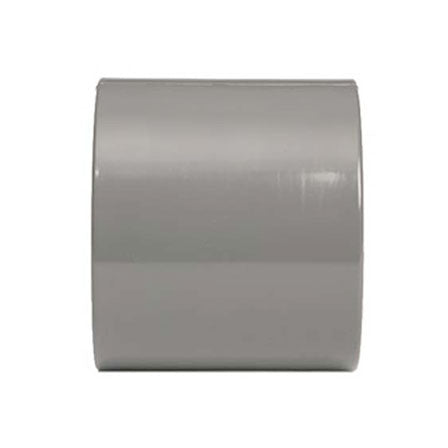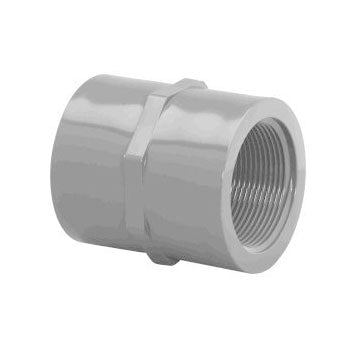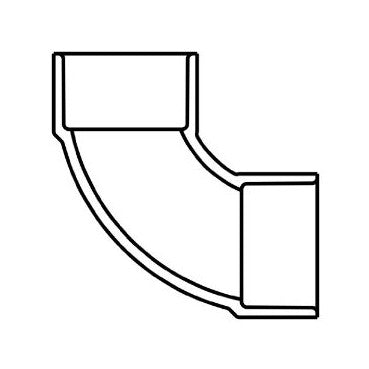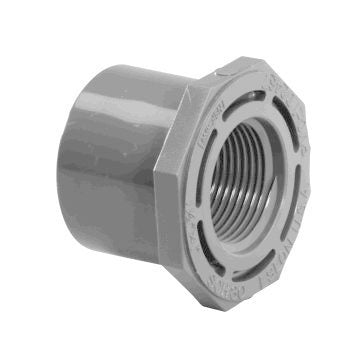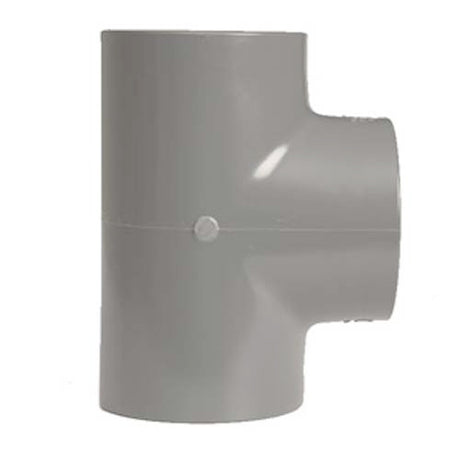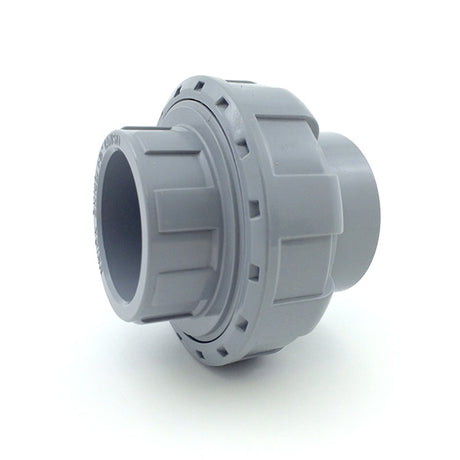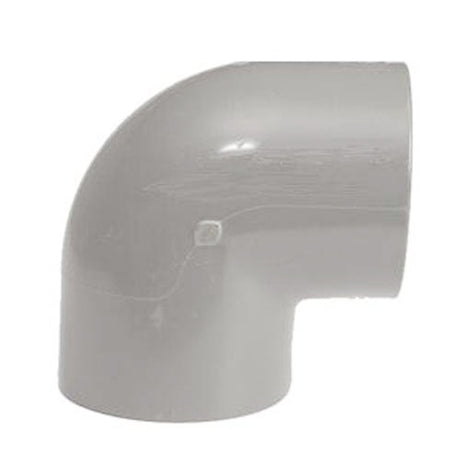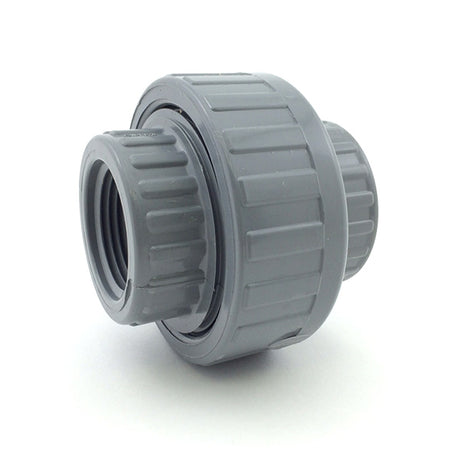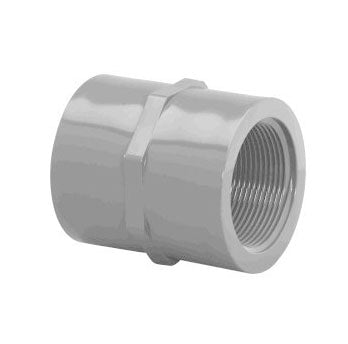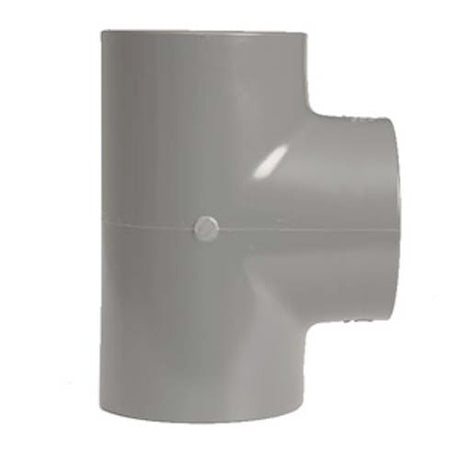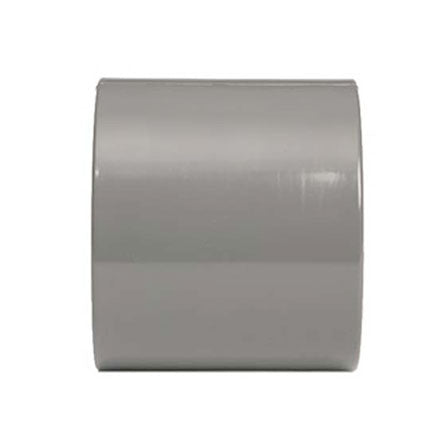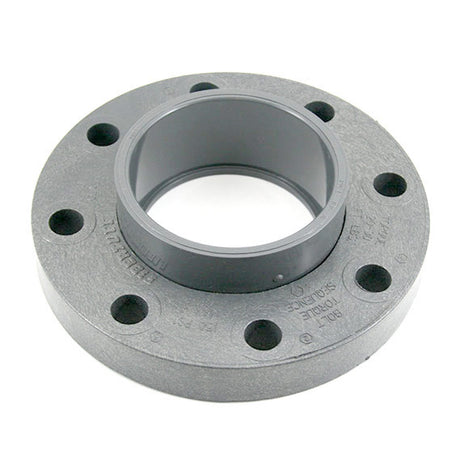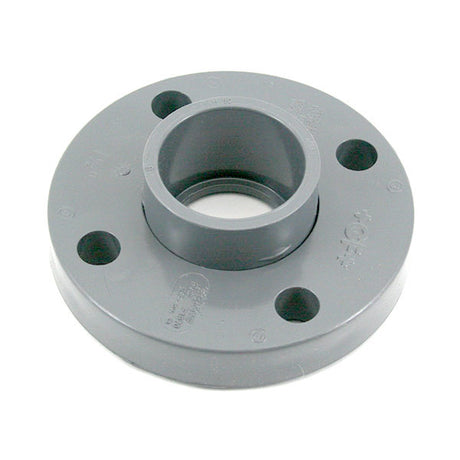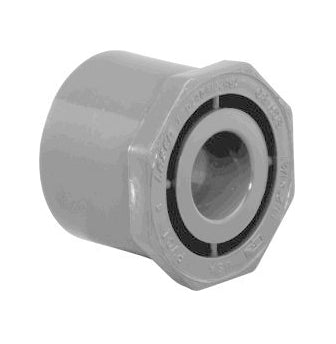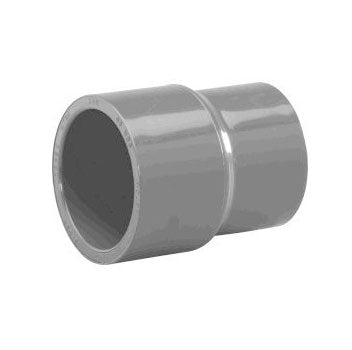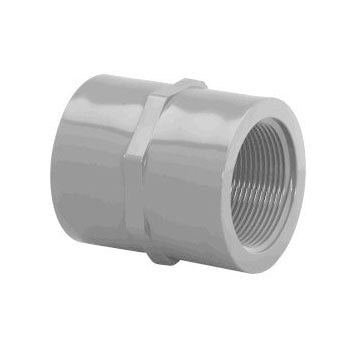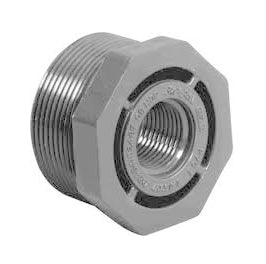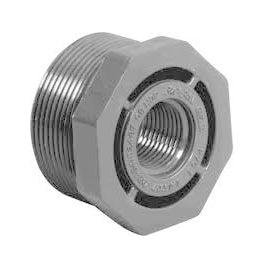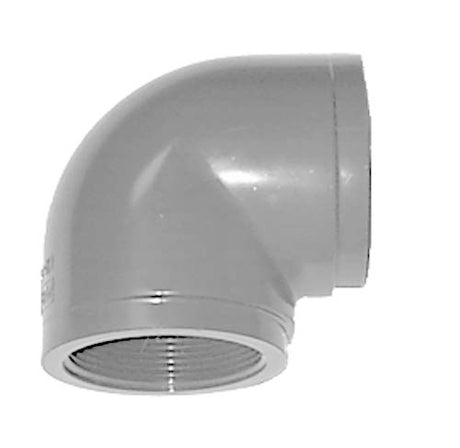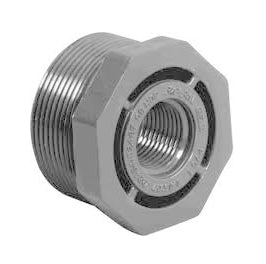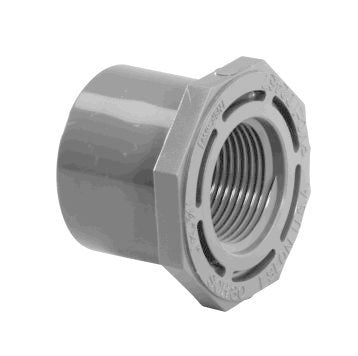-
2" Schedule 80 CPVC 90 Elbow 9806-020
$17.60Unit price /Unavailable -
2" Schedule 80 CPVC Male Adapter 9836-020
$22.59Unit price /Unavailable -
2" Schedule 80 (S x S) CPVC Coupling 9829-020
$12.98Unit price /Unavailable -
1" Schedule 80 CPVC 90 Elbow 9806-010
$6.05Unit price /Unavailable -
1-1/2" Schedule 80 CPVC Male Adapter 9836-015
$16.66Unit price /Unavailable -
1" Schedule 80 CPVC Male Adapter 9836-010
$8.39Unit price /Unavailable -
1-1/2" Schedule 80 CPVC 90 Elbow 9806-015
$14.61Unit price /Unavailable -
2" Schedule 80 (S x S x S) CPVC Tee 9801-020
$23.44Unit price /Unavailable -
1" Schedule 80 (S x S) CPVC Coupling 9829-010
$5.92Unit price /Unavailable -
3/4" Schedule 80 CPVC 90 Elbow 9806-007
$3.77Unit price /Unavailable -
1" Schedule 80 (S x S x S) CPVC Tee 9801-010
$8.73Unit price /Unavailable -
1" Schedule 80 CPVC (S x S) Union 9897-010
$16.98Unit price /Unavailable -
3/4" Schedule 80 CPVC Male Adapter 9836-007
$4.97Unit price /Unavailable -
1-1/2" Schedule 80 (S x S) CPVC Coupling 9829-015
$11.17Unit price /Unavailable -
3/4" Schedule 80 (S x S) CPVC Coupling 9829-007
$4.38Unit price /Unavailable -
1/2" Schedule 80 CPVC 90 Elbow 9806-005
$3.00Unit price /Unavailable -
3" Schedule 80 CPVC 90 Elbow 9806-030
$45.97Unit price /Unavailable -
1/2" Schedule 80 CPVC Male Adapter 9836-005
$4.07Unit price /Unavailable -
2" Schedule 80 CPVC (S x S) Union 9897-020
$57.97Unit price /Unavailable -
1" Schedule 80 CPVC Female Adapter 9835-010
$12.41Unit price /Unavailable -
2" Schedule 80 CPVC 45 Elbow 9817-020
$19.06Unit price /Unavailable -
2" Schedule 80 CPVC Female Adapter 9835-020
$25.59Unit price /Unavailable -
1-1/2" Schedule 80 CPVC (S x S) Union 9897-015
$35.00Unit price /Unavailable -
1-1/2" Schedule 80 (S x S x S) CPVC Tee 9801-015
$21.10Unit price /Unavailable -
1" x 1/2" Sch 80 Bushing (Spg x FPT) 9838-130
$3.88Unit price /Unavailable -
1/2" Schedule 80 (S x S) CPVC Coupling 9829-005
$3.14Unit price /Unavailable -
1-1/4" Schedule 80 CPVC Male Adapter 9836-012
$12.33Unit price /Unavailable -
3" Schedule 80 (S x S) CPVC Coupling 9829-030
$31.47Unit price /Unavailable -
4" Sch 80 CPVC Van Stone Flange 9854-040
$71.80Unit price /Unavailable -
3/4" Schedule 80 CPVC Female Adapter 9835-007
$5.38Unit price /Unavailable -
2" Schedule 80 CPVC 90 Sweep Elbow 806-020SC
$24.24Unit price /Unavailable -
1" x 3/4" Sch 80 Bushing (Spg x FPT) 9838-131
$3.88Unit price /Unavailable -
3/4" Schedule 80 (S x S x S) CPVC Tee 9801-007
$7.12Unit price /Unavailable -
3/4" Schedule 80 CPVC (S x S) Union 9897-007
$14.09Unit price /Unavailable -
1-1/4" Schedule 80 CPVC 90 Elbow 9806-012
$13.07Unit price /Unavailable -
1" Schedule 80 CPVC (FPT x FPT) Union 9898-010
$27.81Unit price /Unavailable -
1-1/2" Schedule 80 CPVC Female Adapter 9835-015
$14.85Unit price /Unavailable -
1/2" Schedule 80 (S x S x S) CPVC Tee 9801-005
$7.03Unit price /Unavailable -
4" Schedule 80 (S x S) CPVC Coupling 9829-040
$41.19Unit price /Unavailable -
6" Sch 80 CPVC Van Stone Flange 9854-060
$122.27Unit price /Unavailable -
3" Sch 80 CPVC Van Stone Flange 9854-030
$53.10Unit price /Unavailable -
2" x 1-1/2" Sch 80 Bushing (Spg x S) 9837-251
$17.81Unit price /Unavailable -
1" x 3/4" Schedule 80 Reducer Coupling (S x S) 9829-131
$9.86Unit price /Unavailable -
1/2" Schedule 80 CPVC Female Adapter 9835-005
$5.08Unit price /Unavailable -
1" x 1/2" Sch 80 Bushing (MPT x FPT) 9839-130
$6.35Unit price /Unavailable -
1/2" x 1/4" Sch 80 Bushing (MPT x FPT) 9839-072
$8.86Unit price /Unavailable -
1" Schedule 80 CPVC 90 Threaded Elbow 9808-010
$9.82Unit price /Unavailable -
2" Sch 80 CPVC Van Stone Flange 9854-020
$24.46Unit price /Unavailable -
3/4" x 1/2" Sch 80 Bushing (MPT x FPT) 9839-101
$3.78Unit price /Unavailable -
3/4" x 1/2" Sch 80 Bushing (Spg x FPT) 9838-101
$3.05Unit price /Unavailable

